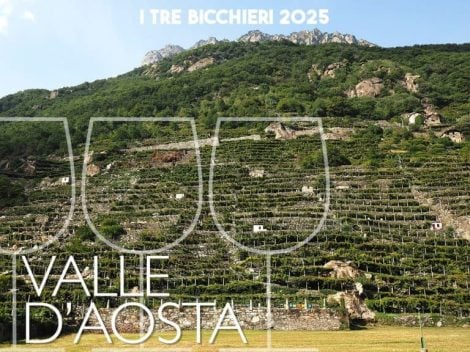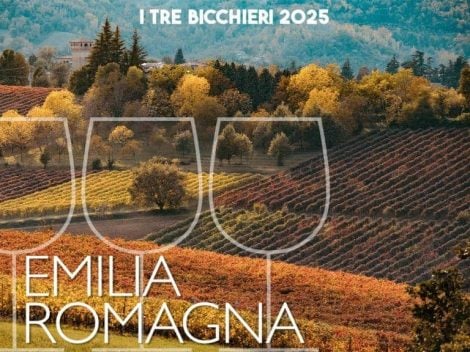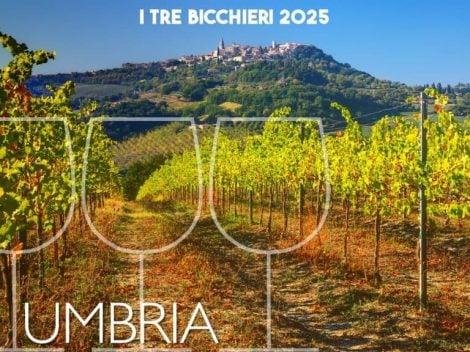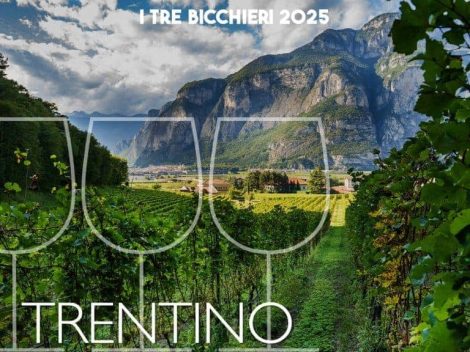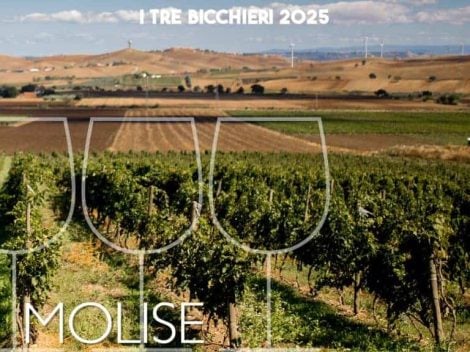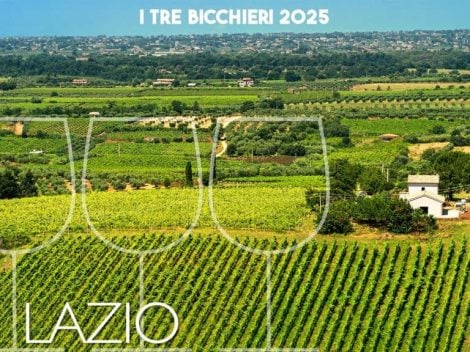In the northeast of Italy, where border controls no longer exist, it’s easy to find yourself crossing into Brda, Slovenia, while wandering through the stunning terraced hills of Collio Goriziano. Initially, the landscape remains the same, but as you venture further inland, it becomes increasingly untamed, with steeper hills featuring traditionally small vineyards, surrounded by endemic flora that supports biodiversity and provides an ideal habitat for insects, birds, and other wildlife.
The terroir of Brda in Slovenia
Brda’s terroir is characterised by unique and complex interactions between climate, soil, and human cultivation. The sub-Mediterranean climate, influenced by the proximity of the Adriatic Sea and the Julian Alps, results in mild winters, dry and hot summers, and generally adequate rainfall, which is the sole water source for the vineyards. The soil consists mainly of Eocene flysch, locally known as opoka, made up of alternating layers of sandstone and marl rich in calcite, a legacy of the ocean from hundreds of millions of years ago. When a vineyard is renewed, the soil is dug to a depth of at least 1.5 metres to create the necessary space for the vine’s root system to develop, allowing it to withstand long periods of drought.
The grapes grown in Brda, Slovenia
Viticulture practices in Brda are geared towards sustainability, typically using natural materials for poles, ties, and retaining walls. Most of the work, especially the harvest, is done by hand, given the generally small size of the estates. The most widely grown grape is Rebula (Ribolla Gialla), accounting for over 20% of the total vineyard area. It thrives on Brda’s steep slopes, and is known for its characteristic bouquet of honey, floral, and fruity notes, which, combined with its minerality and salinity, highlights the uniqueness of the terroir. Traditionally, Tocai Friulano is also cultivated, and when made into wine, it goes by various names such as Sauvignonasse, Sauvignon Vert, Jakot, Zelena Sauvignon, and others. Among international varieties, Chardonnay and Sauvignon Blanc stand out among the whites, while the most cultivated reds are Merlot, Cabernet Sauvignon, and Pinot Nero.

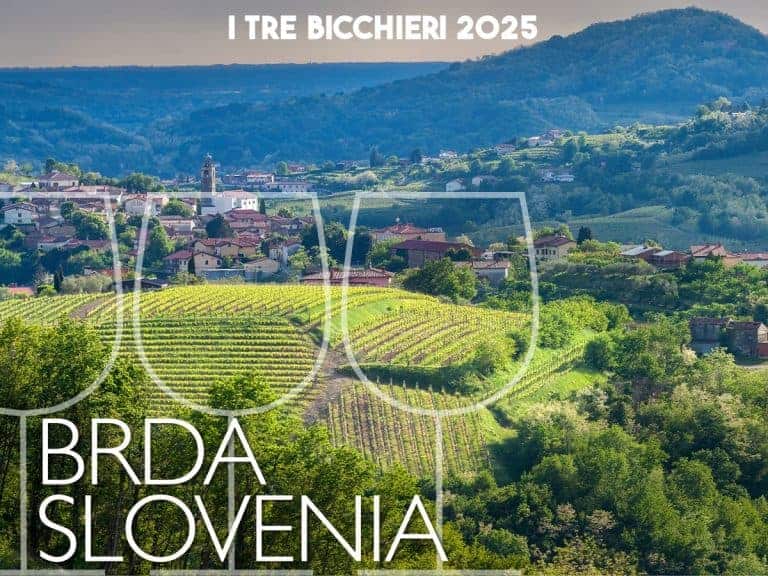
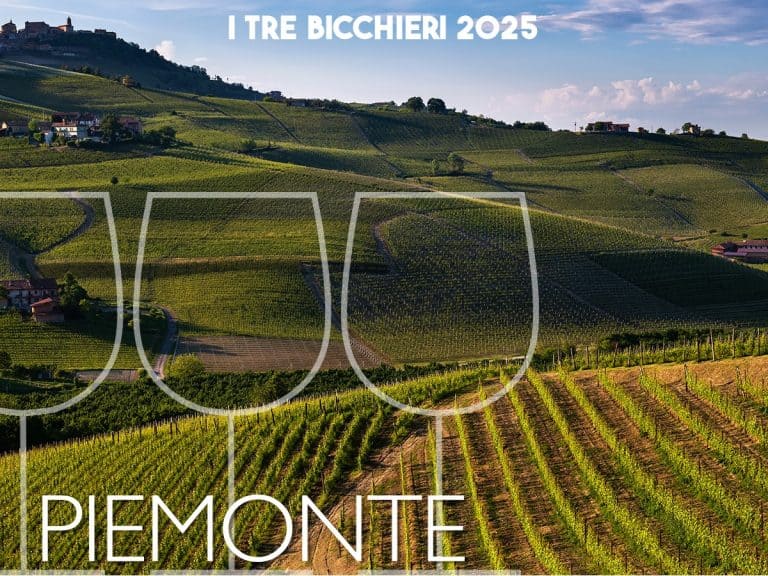 Tre Bicchieri 2025: the 75 best wines from Piedmont awarded by Gambero Rosso
Tre Bicchieri 2025: the 75 best wines from Piedmont awarded by Gambero Rosso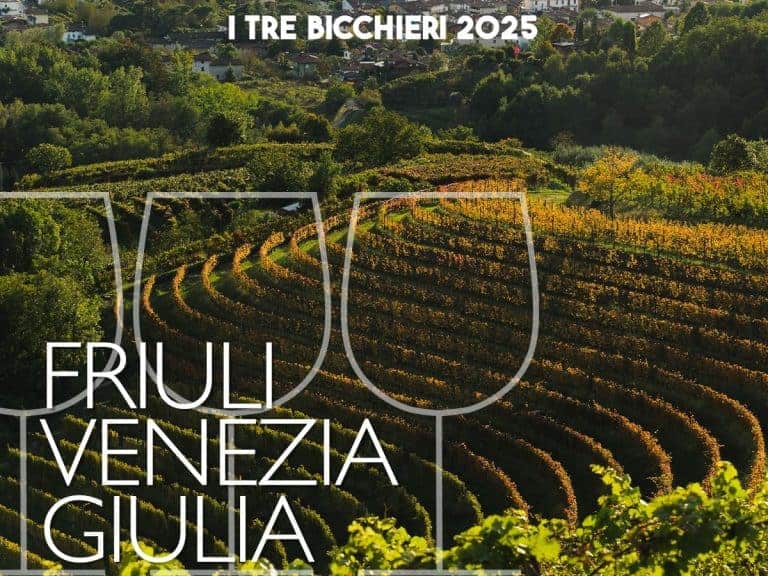 Tre Bicchieri 2025: the 25 best wines from Friuli Venezia Giulia awarded by Gambero Rosso
Tre Bicchieri 2025: the 25 best wines from Friuli Venezia Giulia awarded by Gambero Rosso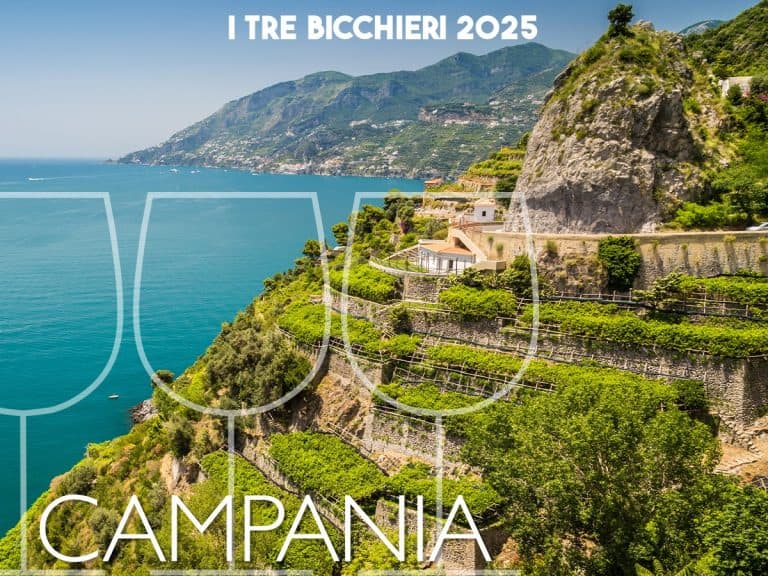 Tre Bicchieri 2025: the 21 best wines from Campania awarded by Gambero Rosso
Tre Bicchieri 2025: the 21 best wines from Campania awarded by Gambero Rosso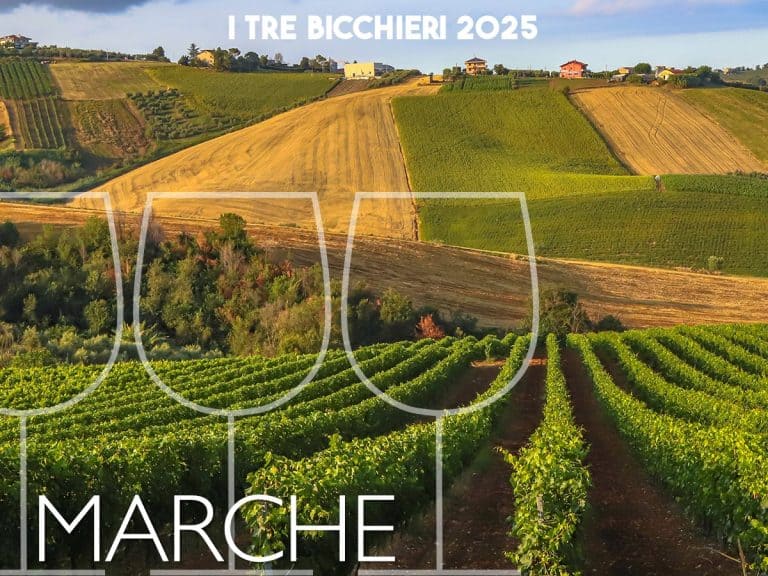 Tre Bicchieri 2025: the 24 best wines from Marche awarded by Gambero Rosso
Tre Bicchieri 2025: the 24 best wines from Marche awarded by Gambero Rosso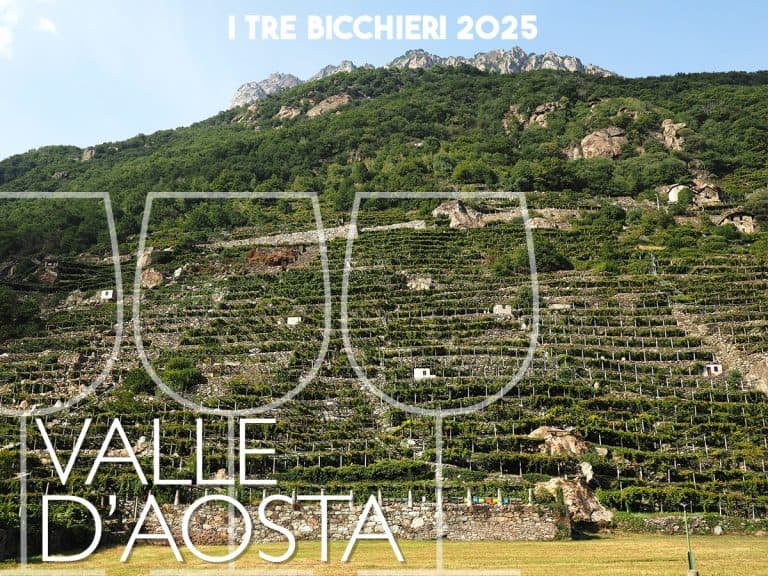 Tre Bicchieri 2025: the 5 best wines from Valle d'Aosta awarded by Gambero Rosso
Tre Bicchieri 2025: the 5 best wines from Valle d'Aosta awarded by Gambero Rosso